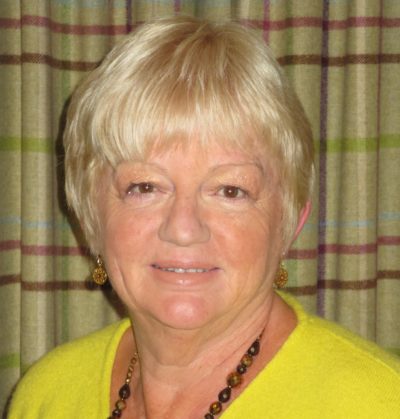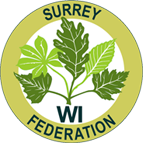
Yes, we CAN make a difference!
WILL YOU ‘Show the Love?’
On Christmas Eve, 1952, the winter of the Great Smog, I was born in Morley Hall, Leeds, the birthplace of Herbert Asquith.
For the first 18 years of my life I lived in the heart of the West Yorkshire woollen district, above the South Yorkshire coal field and in the middle of the Rhubarb Triangle. It’s not surprising therefore that many generations of my family had worked ‘down the pit,’ or serviced it, until the demise of coalmining.
A life in the industry brought both advantages and disadvantages. Of benefits there were many: relative wealth, security, housing, education, free coal and community.The disadvantages included chronic lung disease and the constant risk of injury or death.The latter was a reality for my family. In 1973, seven men died underground at Lofthouse Colliery, the seams of which ran under my home. My great uncle was the area engineer.
Fossil fuel was central to my community during my formative years. Coal provided our income, powered local industries, the woollen mills, the brick and gas works and, of course, fuelled the rhubarb sheds. It kept families warm and children fed.
Coal, or Black Gold, as it was known, was literally the bedrock of my life and the lifeblood of my community. Smog, the blackened facades of grand public buildings built on the proceeds of industry, the stench of the coke ovens, the constant drumming of the Worsted mills, the extensive spoil heaps, were everyday images. But slowly, very slowly, this was to change.The relationship between the burning of fossil fuels and health and climate change was recognised and initiated the beginning of the end, and a new beginning.
Recently I started to make a patchwork climate scarf. As I pieced it together it revealed to me the climate story of the century. It also prompted me to reflect on significant events of my life that correlate, possibly in a naïve way, directly with climate change.
My climate history begins with the winter of 1962-1963. I recall snow level with our garden wall and the road reduced to a narrow snowwalled path. I remember viewing Ladybower Reservoir in 1976, when the water level had reduced to nothing, revealing the villages that had once stood there — an event that was repeated in 1995 and 2018, all hot, dry years. And in stark contrast, the big freeze of the winter of 2009/2010, recorded as the coldest for 100 years.
Climate change is a reality! How can we make a difference? There are so many ways that we can contribute to reducing climate change. Consider waste, travel, food and home. Identify a change, however small, that you can make every week. Small actions by many can be decisive. Share your passion for your planet. Make a climate scarf and display it. Craft green hearts and share them with your community. Send one to your MP, display them at your monthly and group meetings. Be an advocate for the climate, it needs YOUR voice.
Recently I returned to my birthplace. Long gone are the collieries, mills and fossil-fuelled industries. But where pit ponies once grazed, fossil-fuel guzzling “architect-designed houses” now stand with not a scrap of green space or trees. And what of the community spirit that was once so strong? I see one institution filling that gap for women — the WI. In my home town the aptly named Rhubarb and Custard WI are making a significant impression on their community. Just as the industrialists of old, the WI now offers friendship, support and education. As WI members we should be justly proud.
— Carol A. Gartrell, Federation Chairman
back to News


